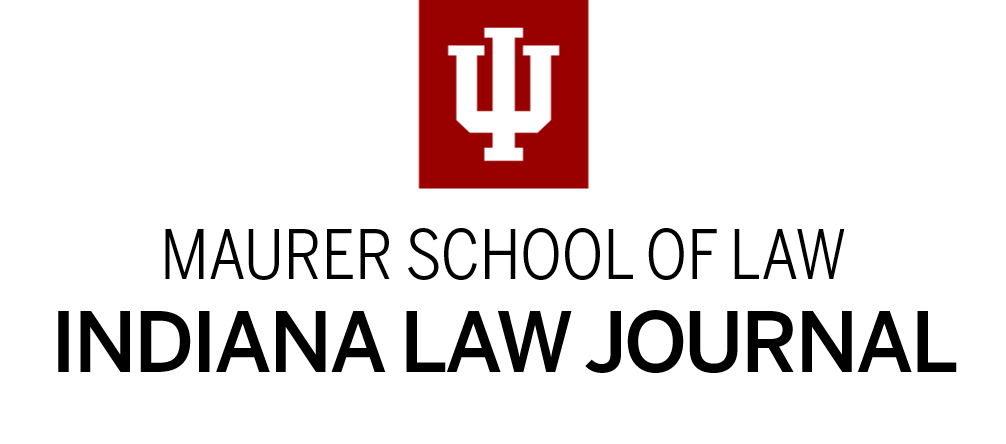
Document Type
Article
Publication Date
Spring 2023
Publication Citation
98 Indiana Law Journal 1225 (2023)
Abstract
Inconsistencies abound throughout current exacting, strict, and most exacting scrutiny doctrines. Formalism also runs throughout recent cases that have opportunistically relied on the First Amendment in matters peripherally concerned with core principles of free speech. Jurisprudence that relies on the exacting scrutiny standard remains significantly under-theorized. The uncertainty creates doctrinal flux that shifts from case-to-case. The same unexplained malleability appears in the most exacting scrutiny jurisprudence. The Court, moreover, sometimes refers to these two standards as equivalent to strict scrutiny. On the other hand, during the last decade, and most recently in 2021, various opinions have also used exacting scrutiny as a poorly defined hybrid form of intermediate scrutiny. This Article proposes to cure the existing inconsistencies through a tripartite model for noneconomic speech. Exacting scrutiny should apply to cases reviewing disclosure requirements on charities or political contributions. That standard should function as proportional scrutiny that treats secondary effects on speech differently than censorship of ideas and perspectives. As to strict scrutiny, its narrow tailoring requirement should apply in cases of content discrimination. Most exacting scrutiny is best fit for review of viewpoint discrimination that targets ideas, conjectures, and discourses. Levels of scrutiny should not be formulaic but reflective of the fundamental principles of free speech protection: self-expression, self-governance, and the search for truth. Clear distinctions between various levels of heightened scrutiny would provide a functional means for checking government censorship while retaining traditional authority to detect and punish fraud.
Recommended Citation
Tsesis, Alexander
(2023)
"Levels of Free Speech Scrutiny,"
Indiana Law Journal: Vol. 98:
Iss.
4, Article 5.
Available at:
https://www.repository.law.indiana.edu/ilj/vol98/iss4/5

